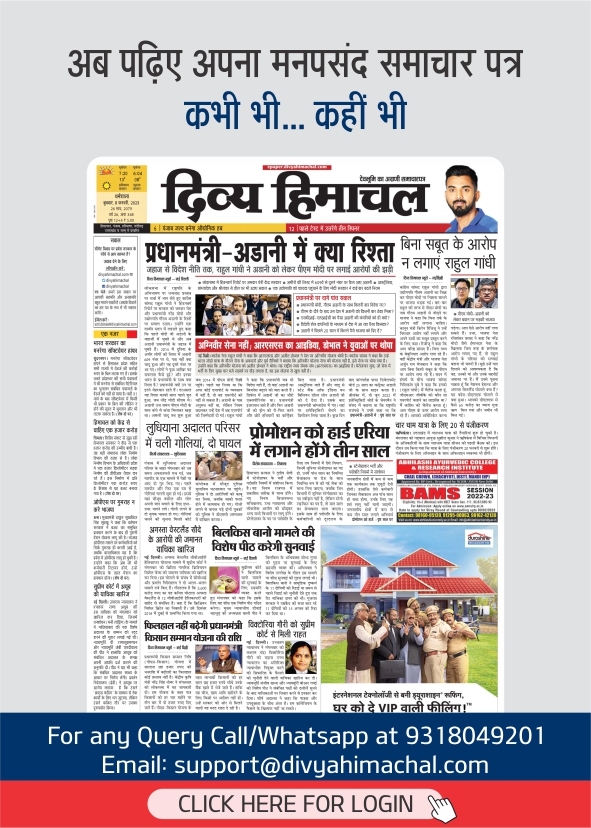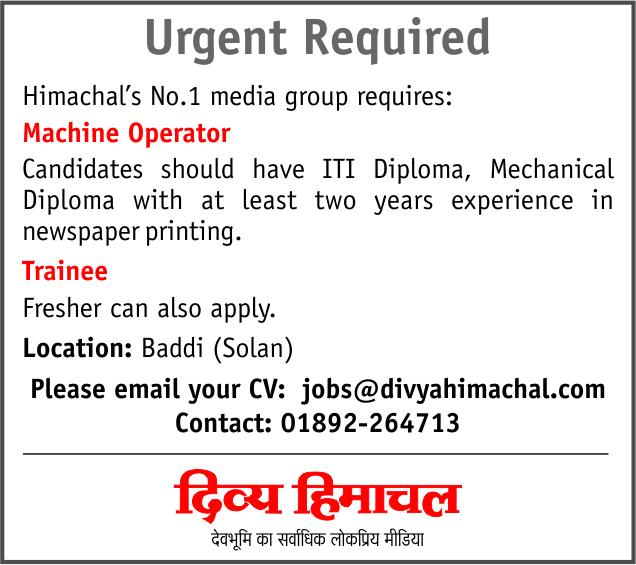How A President Modi Could Repair India’s Constitution
Of course, this would require repealing Indira Gandhi’s Emergency-era travesty, and giving our President real power.

Founder of Divya Himachal & Author of ‘Why India Needs the Presidential System’
Indians today have tremendous faith in Prime Minister Modi. They have made him their one unquestionable leader. He has been given full powers over not just central and a majority of state governments, but also over India’s biggest political party, the BJP. So much so that in the upcoming elections all indications are that he will be able to handpick even India’s next President. Perhaps Mr. Modi himself should fill that post. This would not only give India an effective head of government; it would also provide an opportunity to correct a major perversion of India’s Constitution.
Under our current Constitution, India’s head of government is not the Prime Minister but the President. Article 53 vests all executive powers and the supreme command of our defence forces in the President. The Prime Minister on the other hand, is there to “aid and advise” (Article 74). And as for Parliament, it has only legislative powers. But since all laws are passed by government—not a single private member bill has passed since 1970—Parliament is also under the implicit control of the President.
A President Modi would bring tremendous benefits to our nation’s governance. He would be able to focus on implementation of policies instead of constant politicking.
Who has the higher authority, the President or the PM, has been a source of major constitutional struggles since the beginning of the republic. Our first President, Rajendra Prasad, fought with PM Nehru over this, in secret, for a decade without any resolution. A major constitutional crisis was averted within the first year, when Nehru threatened to resign over the rift and Prasad backed down. In 1957 Prasad brought the issue to the public, and argued in a speech that the Constitution gave the President the power to overrule the PM’s advice.
Prasad’s contention found some support in 1963, when K.M. Munshi, a senior member of India’s Constituent Assembly, asserted that the founders didn’t intend a mere figurehead President. In his book The President Under the Indian Constitution, Munshi declared: “The Constituent Assembly did not understand that they were creating a powerless President.”
This spirit of the Constitution to have a President with real authority was however totally destroyed by Indira Gandhi in 1976. Her 42nd Amendment rendered the office of President completely impotent. Article 74 was changed, stipulating that the President “shall act” in accordance with the PM’s advice. The Janata government that followed did not repeal this appalling provision. It only gave the President the right to ask the PM for reconsideration, after which he must do as advised.
This perversion of the original Constitution still stands. Nani Palkhivala, one of India’s most distinguished constitutional scholars, wrote that Indira Gandhi’s amendment “destroyed the basic structure of the Constitution.” Similarly, Granville Austin, famous chronicler of the Constitution, noted that “the shift in the balance of power within the new Constitution made it all but unrecognisable.”
Modi’s elevation to the office of President would help restore the Indian Constitution’s balance of powers. People’s faith in him would allow our nation to have, once again, the Constitution that our founding fathers intended. Of course, this would require repealing Indira Gandhi’s Emergency-era travesty, and giving our President real power. Perhaps this would be an opportune time to finally implement that “Instrument of Instructions” detailing a President’s powers that B.R. Ambedkar once promised to include in the Constitution, but later reneged.
A President Modi would bring tremendous benefits to our nation’s governance. He would be able to focus on implementation of policies instead of constant politicking. He would be freed from having always to speak for his own party, and instead become the voice of all Indians, as a President is designed to be. He would be able to work with a PM of his choosing, who would be charged with the responsibility of delivering on Modi’s legislative agenda in Parliament. He would have greater control of India’s state governments, including those run by opposition parties. And as a nonpartisan executive official, he might finally be able to have a say in the judiciary’s collegium system of selecting judges.
[Modi] would be both the head of state and head of government. This would give him greater stature in world politics than any leader in India’s history.
All this would allow better separation of powers in India’s government. Each branch of government—executive, legislative and judiciary—would become more effective. Each would be more focused on its tasks, more empowered to act independently, more clear in its responsibilities, and thus more accountable to the people. Also, this would allow each branch to check and balance the others, fulfilling a basic requirement of any good system of government.
Becoming President would also benefit Modi personally. He would be both the head of state and head of government. This would give him greater stature in world politics than any leader in India’s history. He would be able to focus on his visionary new ideas in international affairs, as India’s great statesman. President Modi would also be better able to set a national agenda without becoming bogged down in state politics. He could better undertake grand reforms of culture, for example deep-rooted attitudes toward women and cleanliness. And above all, a President Modi would be able to shed his BJP label and make historic gains in India’s communal harmony.
The good news for Modi, and for the country, is that India’s current Constitution is adaptable enough for him to play this historic role. Our system already includes an elected President, and assigns him all necessary powers. The nation need only remove the shackles so wrongfully placed on this office during Gandhi’s Emergency.
And Modi might be the one Indian leader who can finally bring to life this grand vision of our founding fathers, of having a hybrid parliamentary-presidential system. Padma Bhushan Dr. Subhash Kashyap, renowned constitutional scholar, has often said, “If Nehru had been India’s first President and Prasad its first PM, our political system today would be more presidential than parliamentary without any change in the Constitution.”
May Mr. Modi repair our Constitution and fulfill its dream of having the best features of both the presidential and parliamentary forms of government.
The good news for Modi, and for the country, is that India’s current Constitution is adaptable enough for him to play this historic role.
भारत मैट्रीमोनी पर अपना सही संगी चुनें – निःशुल्क रजिस्टर करें !
Keep watching our YouTube Channel ‘Divya Himachal TV’. Also, Download our Android App













